Growing Awareness of Skin Health
The Facial Serum Market is witnessing a growing awareness of skin health, as consumers become more informed about the importance of skincare routines. This trend is characterized by an increasing focus on preventive care and the long-term benefits of using facial serums. Research suggests that consumers are more inclined to invest in products that promote skin health, leading to a rise in demand for serums enriched with vitamins, minerals, and botanical extracts. The market for facial serums is projected to grow at a compound annual growth rate of 7% over the next five years, driven by this heightened awareness. Brands are responding by developing innovative formulations that cater to diverse skin types and concerns, thereby expanding their consumer base. This shift towards prioritizing skin health is likely to sustain the momentum of the facial serum market.
Rise of E-commerce and Online Retailing
The Facial Serum Market is significantly influenced by the rise of e-commerce and online retailing, which has transformed how consumers access skincare products. With the convenience of online shopping, consumers can easily compare products, read reviews, and make informed purchasing decisions. Data indicates that online sales of facial serums have increased by over 30% in recent years, reflecting a shift in consumer behavior towards digital platforms. This trend is further supported by the proliferation of social media, where influencers and beauty experts promote various serums, enhancing brand visibility. As a result, brands are investing in digital marketing strategies to capture the attention of potential buyers. The accessibility of online platforms is likely to continue driving growth in the facial serum market, as consumers increasingly prefer the ease and variety offered by e-commerce.
Increasing Demand for Anti-Aging Products
The Facial Serum Market experiences a notable surge in demand for anti-aging products, driven by an aging population and heightened awareness of skincare. Consumers increasingly seek solutions that address fine lines, wrinkles, and skin elasticity. According to recent data, the anti-aging segment is projected to account for a substantial share of the facial serum market, with a growth rate of approximately 8% annually. This trend indicates a shift towards products that not only enhance appearance but also promote skin health. As consumers become more educated about the benefits of active ingredients, brands are responding by formulating serums that incorporate peptides, retinoids, and antioxidants. The emphasis on efficacy and visible results is likely to propel the growth of the facial serum market, as consumers prioritize products that deliver on their promises.
Innovation in Formulations and Ingredients
The Facial Serum Market is characterized by continuous innovation in formulations and ingredients, as brands strive to meet the evolving needs of consumers. The demand for serums that incorporate cutting-edge ingredients, such as hyaluronic acid, niacinamide, and plant-based extracts, is on the rise. This trend is supported by a growing consumer preference for products that offer multifunctional benefits, such as hydration, brightening, and anti-aging properties. Market analysis indicates that the introduction of novel formulations is expected to drive a growth rate of approximately 6% in the facial serum market over the next few years. Brands are investing in research and development to create unique products that stand out in a crowded marketplace. This focus on innovation is likely to enhance consumer loyalty and expand the market reach of facial serums.
Influence of Social Media and Beauty Trends
The Facial Serum Market is significantly shaped by the influence of social media and emerging beauty trends. Platforms such as Instagram and TikTok have become vital channels for beauty brands to showcase their products and engage with consumers. The virality of beauty trends, often driven by influencers, has led to a rapid increase in the popularity of specific facial serums. Data indicates that products featured in viral beauty challenges can experience sales spikes of up to 200%. This phenomenon underscores the power of social media in shaping consumer preferences and driving market growth. Brands are increasingly leveraging these platforms to launch new products and connect with their audience, creating a dynamic environment for the facial serum market. As social media continues to evolve, its impact on consumer behavior and purchasing decisions is likely to remain profound.


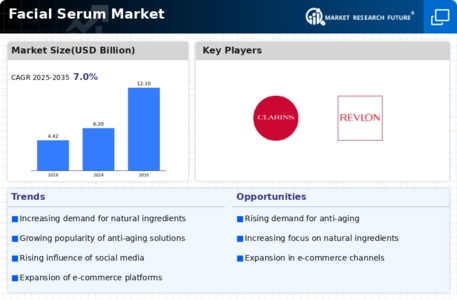
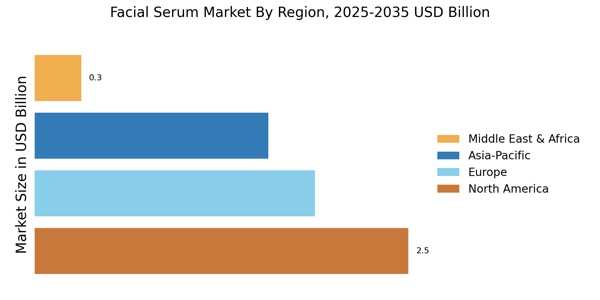
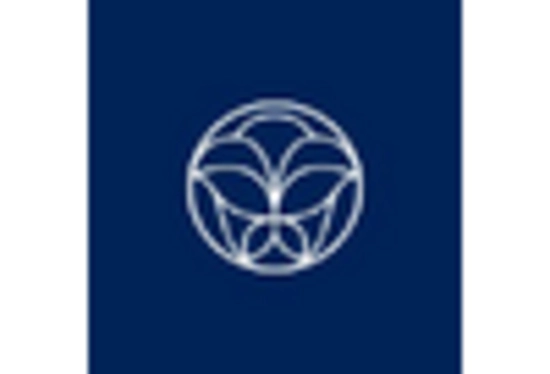
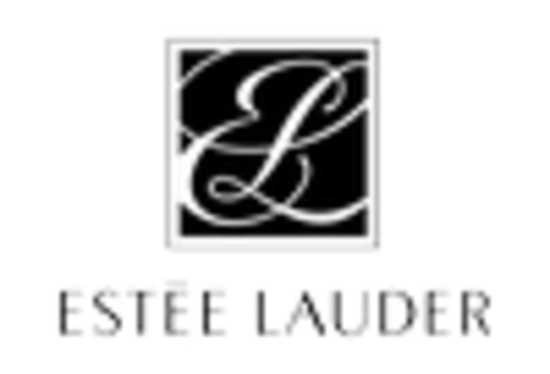


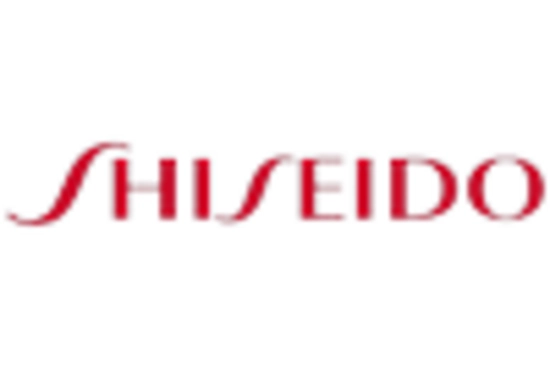









Leave a Comment